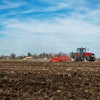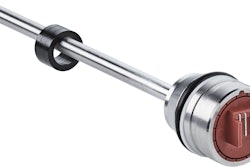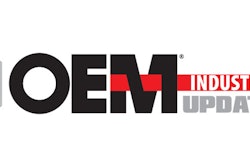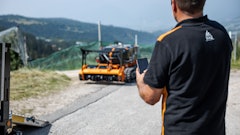
Each year, our State of the Industry issue looks at the top trends and technologies within the heavy equipment industries. We also dig into current and future market conditions, as well as regulations which may currently or in the coming years have an impact on how the industry will go about designing its equipment.
To get the best insights, we speak with executives from a variety of companies working in the industry—everyone from associations, to OEMs to component suppliers. Below are responses provided by Jeff Wuendry, Account Manager – Transport Logistics, SICK, Inc.
Read all of this year's executive Q&As.
Diesel, Electric & Other Power Alternatives
How will electrification—or other alternative energy/power systems—continue to advance in the heavy equipment industry?
Electrification as a power source is an enabler to other emerging trends in the heavy equipment industry, like vehicle automation and autonomy, IoT, telematics, and vehicle safety. The sensors, controllers, and actuators for these emerging trends may use different communication protocols, but they all use electricity as their primary energy source.
Data, IoT & Connectivity
What potential do you see in the use of artificial intelligence (AI) and augmented/virtual reality (AR/VR)—both for the design and manufacture of products as well as within equipment?
As vehicle automation become less expensive and more powerful, remote operation becomes a more attractive option to the off-highway operator and owner. Remote (virtual) operation, like unmanned aerial aircraft or in a lock on a waterway, do not have precise sensing requirements, but new sensors are less expensive and more powerful making it an attractive option for off-highway applications.
What advancements do you see on the horizon for connectivity and machine learning in the next decade?
Improvement in environmental perception sensors, like LiDAR and Radar, is paramount to a vehicle’s machine learning capabilities. Historically, sensors did not distinguish data. All data is good data. With the advanced filtering functions to mitigate weather conditions and object tracking capability embedded in SICK sensors, machine learning is easier for a vehicle’s controller to improve its performance.
Automation & Smart Systems
What further benefits will automation bring to the heavy vehicle and equipment industries?
Obviously, increased productivity from automation means more consistent grades or crop yields from the equipment and fewer operator errors caused by inattention and unavailability, but more information from sensors turns an operator’s intuitions into fact-based decisions. SICK’s sensors have moved from providing output data to diagnosing conditions and recommending corrective actions. Automation begets productivity begets analytics.




















